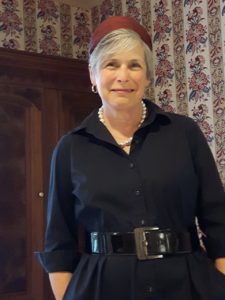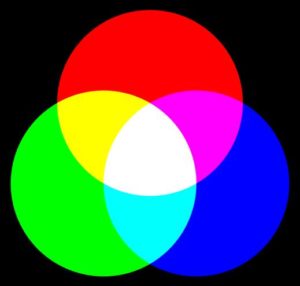 It is so good to be home. My ordination weekend was spectacularly wonderful, emotionally moving and filled with moments I will remember to the end of my days. And I was so happy to be back at Kolot Mayim on Shabbat morning. We celebrated with Deena Kinarthy, and her family, Elior, Leah, and Ari, here in Victoria and beyond, and with Rowan Townshend and his parents and brother, Susan, Roger, and Isaac, from that other island – PEI. Then yesterday I was able to officiate at their wedding. I have celebrated a number of weddings by now, but this time was the first time as a Rabbi. Joy builds more joy.
It is so good to be home. My ordination weekend was spectacularly wonderful, emotionally moving and filled with moments I will remember to the end of my days. And I was so happy to be back at Kolot Mayim on Shabbat morning. We celebrated with Deena Kinarthy, and her family, Elior, Leah, and Ari, here in Victoria and beyond, and with Rowan Townshend and his parents and brother, Susan, Roger, and Isaac, from that other island – PEI. Then yesterday I was able to officiate at their wedding. I have celebrated a number of weddings by now, but this time was the first time as a Rabbi. Joy builds more joy.
Last week we read Shelach Lecha, and we learned about the leaders of the tribes who returned from their mission to investigate the Land of Canaan. Moses gave clear instructions. “How is it? And the people that dwells in it – is it few or numerous? …And how is the land? Is it fertile or is it lean? Are there trees in or not? You shall strengthen yourselves and take from the fruit of the Land. The days were the season of the first ripe grapes.” And yet, even though these leaders came back with reports – and proof of great abundance – they encouraged the people to not enter the Land. Doubt and fear overcame them. Only Joshua and Caleb said, “We can do this!” How many of us have turned away from abundance, from promise, because we felt fearful and undeserving? Shelach teaches us to welcome challenges, and in doing us find abundance – and then to always share that abundance, whatever it may be, as a gift from God.
This week in Korach we see this story refracted from another angle. Korach stepped forward and challenged not just Aaron but also Moses. “It is too much for you! For the entire assembly – all of them – are holy, and God is among them; why do you exalt yourselves over the congregation of God?” As we read these words, we may have sympathy for Korach – we too may ask, are we not all equal? Are we not all imbued with holiness? Are we not as a group – Israel – named holy in our relationship with God? Yet our tradition teaches us Korach, and his allies, were causing a deep rift amongst the people Israel. These words were dividing the people against themselves, and, ultimately, against heaven, against God.
While Korach comes to a most untimely end, I think we can all step back from this text and ask ourselves how we see ourselves within the people Israel. Are we helping to build? Are we working together?
Think of those two structures we have in our tradition: a sukkah to celebrate our autumn harvest, and a chuppah to celebrate a new home and a new family. Both are both symbols of a bayit, a home, and in doing so remind us that our homes, and ultimately our lives are fragile – and temporary. If we are truly to taste the abundance of life – to say yes to the blessings around us, then we also need to remember that the other side of abundance is fragility. Mishnah teaches: “Controversy for the sake of heaven will come to fruition, while that which is not for the sake of heaven will not. Controversy for the sake of heaven: that of Hillel and Shammai. Controversy not for the sake of heaven: that of Korach.
Let’s continue to work together over this coming year, and continue to build Kolot Mayim with open walls and an abundance of welcome.
Shavua tov and Shabbat shalom – a circle of peace.
Rabbi Lynn

 Tzaraas. Afflictions, in more pustular detail than you had ever imagined!
Tzaraas. Afflictions, in more pustular detail than you had ever imagined! 
Words from the Rabbi’s Desk
July 1, 2019 by Rabbi Lynn Greenhough • From the Rabbi's Desk Tags: korach, Shelach Lecha •
Last week we read Shelach Lecha, and we learned about the leaders of the tribes who returned from their mission to investigate the Land of Canaan. Moses gave clear instructions. “How is it? And the people that dwells in it – is it few or numerous? …And how is the land? Is it fertile or is it lean? Are there trees in or not? You shall strengthen yourselves and take from the fruit of the Land. The days were the season of the first ripe grapes.” And yet, even though these leaders came back with reports – and proof of great abundance – they encouraged the people to not enter the Land. Doubt and fear overcame them. Only Joshua and Caleb said, “We can do this!” How many of us have turned away from abundance, from promise, because we felt fearful and undeserving? Shelach teaches us to welcome challenges, and in doing us find abundance – and then to always share that abundance, whatever it may be, as a gift from God.
This week in Korach we see this story refracted from another angle. Korach stepped forward and challenged not just Aaron but also Moses. “It is too much for you! For the entire assembly – all of them – are holy, and God is among them; why do you exalt yourselves over the congregation of God?” As we read these words, we may have sympathy for Korach – we too may ask, are we not all equal? Are we not all imbued with holiness? Are we not as a group – Israel – named holy in our relationship with God? Yet our tradition teaches us Korach, and his allies, were causing a deep rift amongst the people Israel. These words were dividing the people against themselves, and, ultimately, against heaven, against God.
While Korach comes to a most untimely end, I think we can all step back from this text and ask ourselves how we see ourselves within the people Israel. Are we helping to build? Are we working together?
Think of those two structures we have in our tradition: a sukkah to celebrate our autumn harvest, and a chuppah to celebrate a new home and a new family. Both are both symbols of a bayit, a home, and in doing so remind us that our homes, and ultimately our lives are fragile – and temporary. If we are truly to taste the abundance of life – to say yes to the blessings around us, then we also need to remember that the other side of abundance is fragility. Mishnah teaches: “Controversy for the sake of heaven will come to fruition, while that which is not for the sake of heaven will not. Controversy for the sake of heaven: that of Hillel and Shammai. Controversy not for the sake of heaven: that of Korach.
Let’s continue to work together over this coming year, and continue to build Kolot Mayim with open walls and an abundance of welcome.
Shavua tov and Shabbat shalom – a circle of peace.
Rabbi Lynn